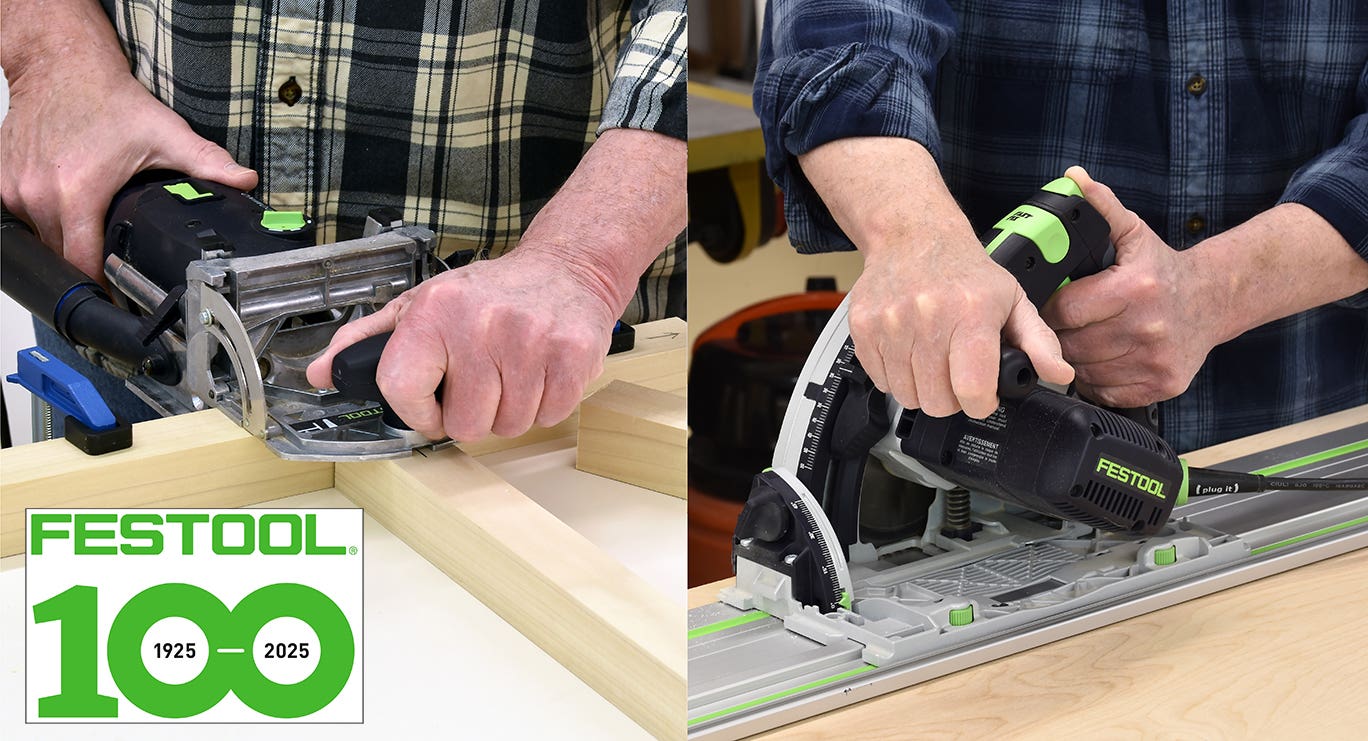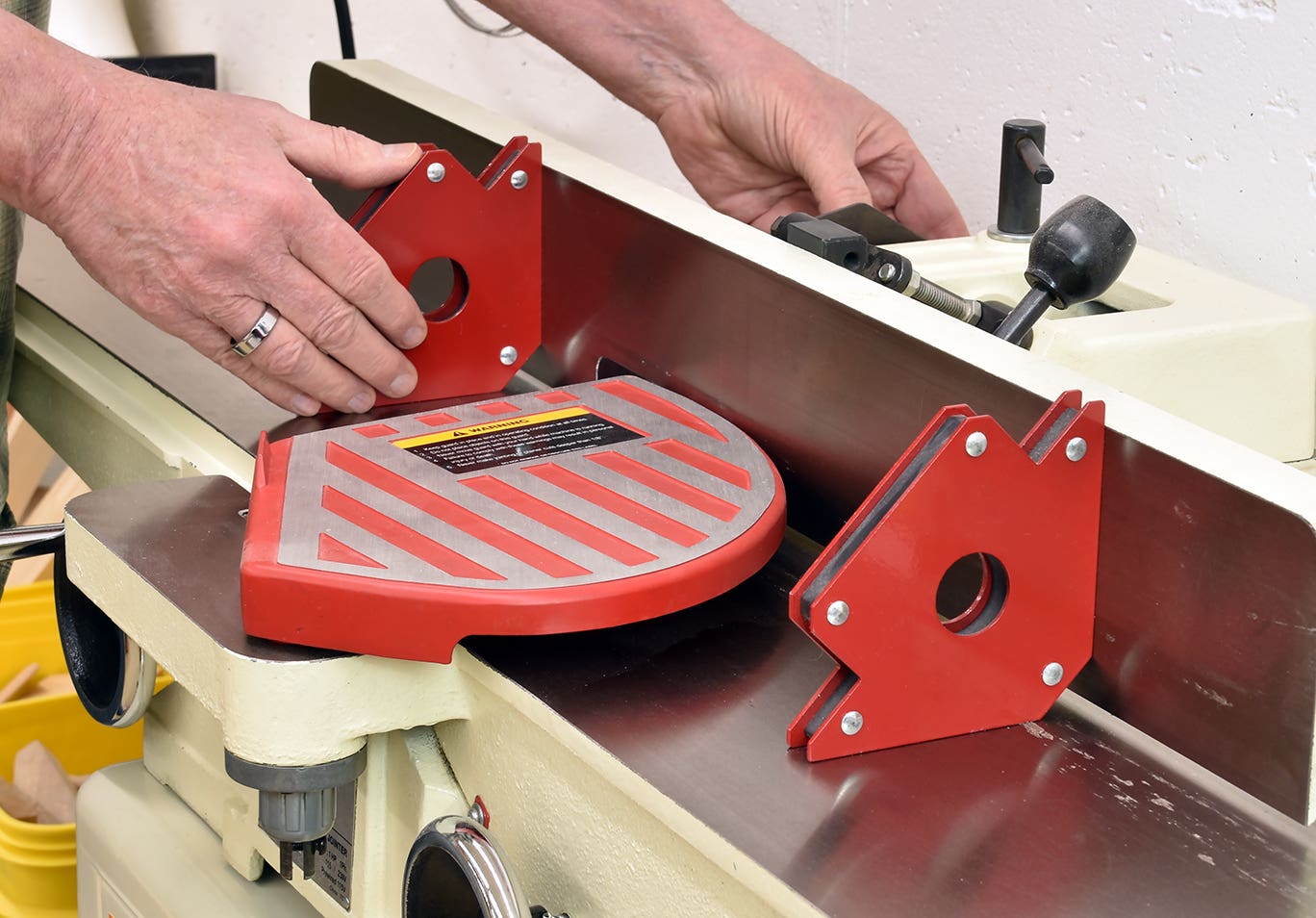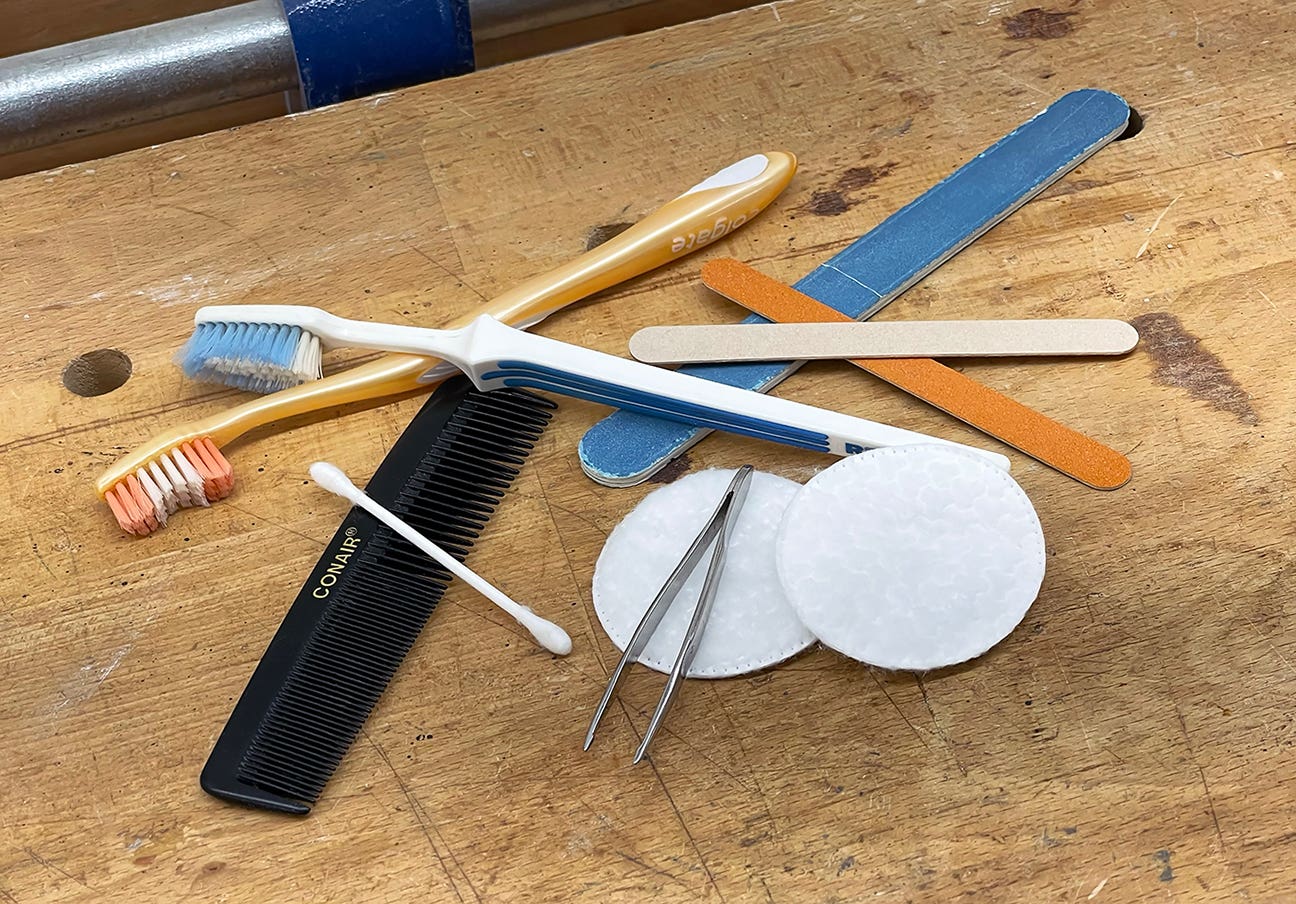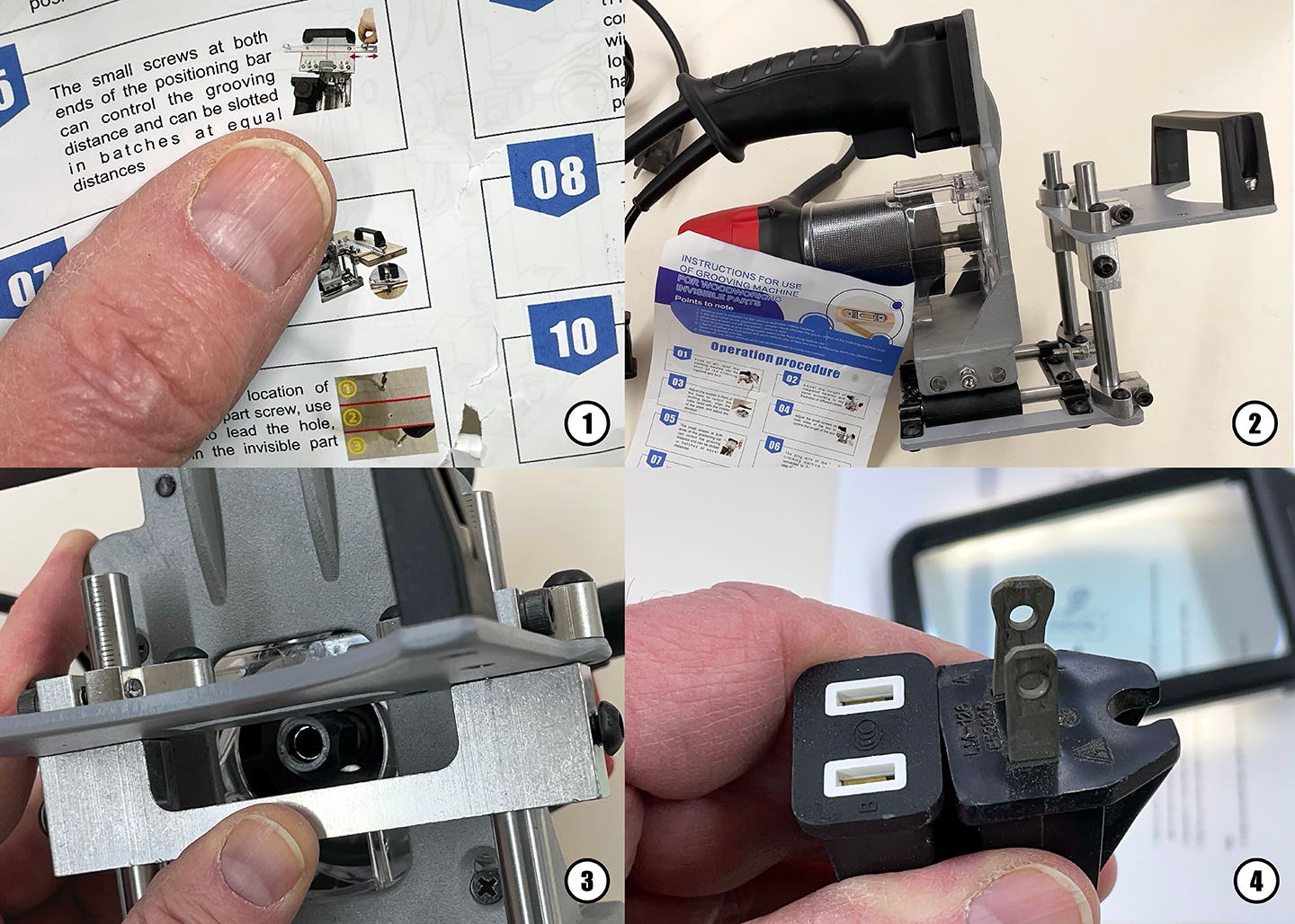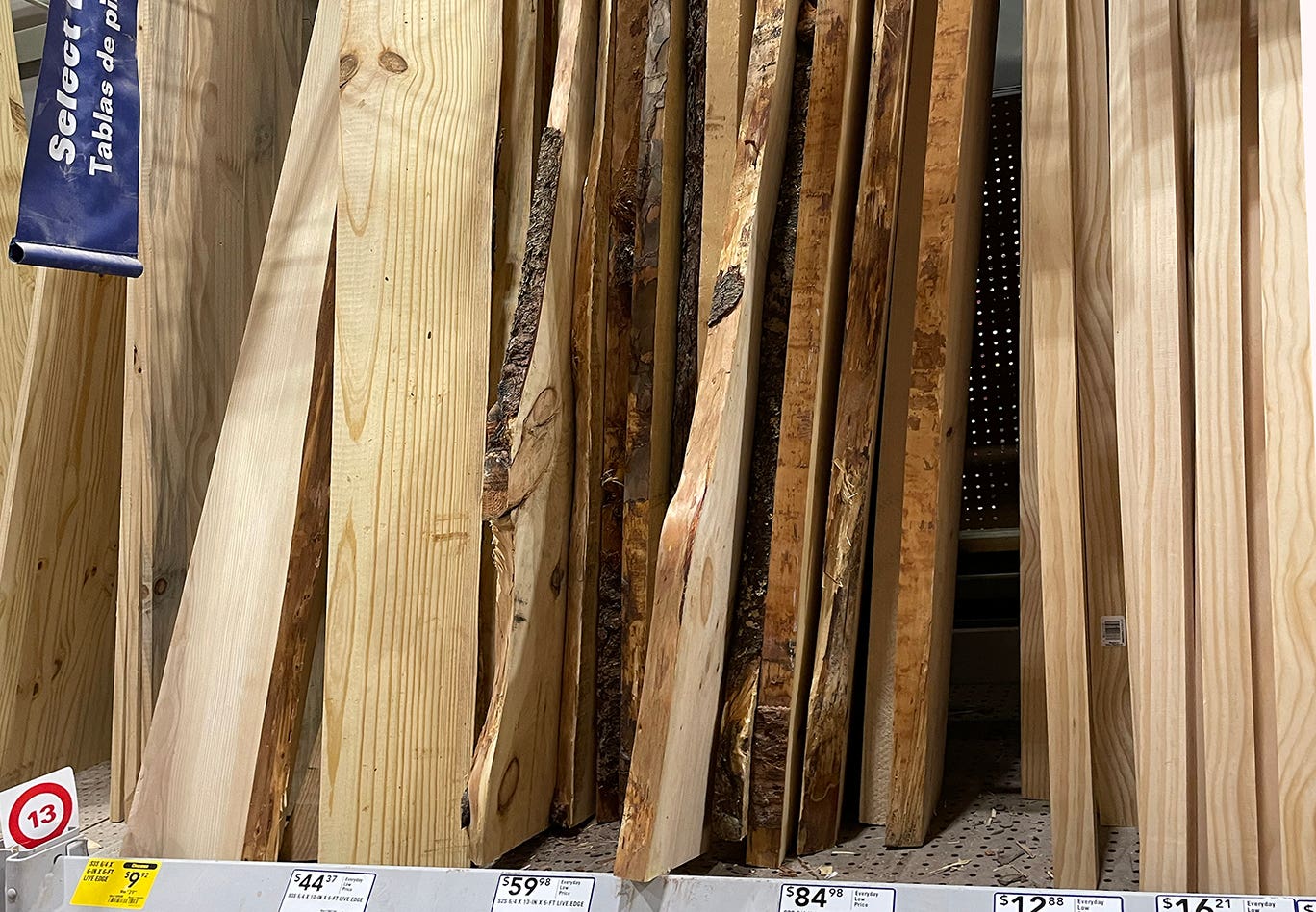Protection and durability
When touting the qualities of various finishes, the terms “protection” and “durability” are often used. The problem is that they are often used interchangeably when they actually have very different meanings.
When touting the qualities of various finishes, the terms “protection” and “durability” are often used. The problem is that they are often used interchangeably when they actually have very different meanings.
Protection refers to the ability of a finish to resist liquid penetration and slow the exchange of moisture in vapor form into and out of wood. Durability refers to the resistance of the finish film itself being damaged.
A finish can be quite protective of the wood but not very resistant to certain types of damage. A good example is shellac, which provides good protection against liquids and moisture-vapor exchange, as long as several coats are applied, but weak resistance to alcohol, heat and wear – meaning scratches. On the other hand, a finish can be very resistant to many types of damage but not very protective of the wood. The best example is a high-performance finish such as polyurethane or catalyzed finish applied very thin.
Understanding these two terms can help you in choosing the best finish for a job and how best to apply it.
Protection
Wood swells and shrinks across its grain but not along its grain as its moisture content changes. The moisture content of wood always tries to come into equilibrium with the moisture content (humidity) in the surrounding air. Because most of the boards in furniture and cabinets are crossed at 90-degree angles, seasonal humidity changes lead to stresses in joints and are thus responsible for a large percentage of the problems that occur in furniture and cabinets over time.
The best way to reduce stresses in joints is to keep the surrounding humidity constant. This is what museums strive to do. But in most houses and office buildings keeping humidity constant is not practical. The next best solution is to slow moisture-vapor exchange into and out of the wood by applying a finish thick enough to be effective.
The idea is that the swelling and shrinking don’t reach their maximum equilibrium before the season changes and the movement starts back the other way.
Concerning thickness, always keep in mind that though theoretically the thicker a finish the more effective it is, there are tradeoffs. Thick finishes crack and craze sooner than thin finishes, especially catalyzed varnish, which should rarely be applied more than 5 dry mils thick. Thicker finishes also don’t look very nice.
The finishes themselves also vary in their ability to resist the penetration of liquid and vapor moisture.
Three types
Finishes can be divided into three types according to the way they dry. With the exception of oil and wax finishes, which can’t be built up because they dry too soft, the way a finish dries explains how well it protects.
The most protective type of finish is the crosslinking type. Varnish, oil-based polyurethane, epoxy, polyester, and catalyzed finishes dry by a chemical reaction which occurs when the finish comes in contact with oxygen (varnish and polyurethane) or the two parts of the finish are mixed (epoxy, polyester, and catalyzed finishes).
The crosslinked network, which resembles assembled Tinker Toys on a molecular scale, is very tight, so moisture takes a long time to get through.
Shellac, nitrocellulose lacquer, and CAB-acrylic lacquer are less protective than crosslinked finishes. Shellac and lacquers dry by the intertwining of their long, stringy molecules when all the solvent evaporates from the finish. The drying resembles stirred spaghetti in a pot of water after all the water has evaporated. There are always spaces at the bends of the individual strands of spaghetti, and on the molecular scale of a finish, these spaces allow moisture vapor, especially, to pass through at a slow rate.
The drying of water-based finishes mixes the crosslinked and evaporative systems of the other finishes. Water-based finishes are composed of tiny droplets of dried finish, which you can think of as microscopic soccer balls with a crosslinked network inside. As the water and solvent evaporate, the soccer balls come together (coalesce) and stick to each other. Moisture vapor has a difficult time passing through the soccer balls but can find its way between them about as rapidly as it can through an evaporative finish.
Durability
The protective and durability qualities of finishes run pretty much together. The molecules in crosslinked finishes like varnish, polyurethane, epoxy, polyester, and catalyzed finishes are tied together by chemical bonds (the sticks in the network of Tinker Toys), and these bonds have to be broken for the finish to be damaged. Because the bonds can’t be broken easily, these finishes are quite resistant to damage from wear, heat and solvents.
The spaghetti-like molecules in evaporative finishes such as shellac and lacquer are not tied together chemically. As a result, these molecules can be separated much more easily by wear, heat and solvents. The relative differences in the durability of crosslinked and evaporative finishes should meet with your experience if you’ve used both types of finishes.
Water-based finishes lie in between crosslinked and evaporative types. Because almost the entire surface of these finishes is crosslinked, water-based finishes tend to be wear resistant almost to the same degree as crosslinked finishes. But the areas where the soccer-ball-like droplets join are almost as susceptible to attack from heat, solvents, and moisture-vapor exchange as are the spaghetti-like molecules in evaporative finishes.
The tradeoff
Because crosslinking finishes are clearly both the most protective and durable, why wouldn’t you always choose one of these finishes? The reason is that no finish can give you all the qualities you might want. There are always tradeoffs.
For example, the qualities that make crosslinked finishes so scratch resistant are the same that make these finishes much more difficult, and sometimes impossible, to rub out evenly. Rubbing a sheen into a finish is, after all, nothing more than putting fine scratches in it. The qualities that make crosslinked finishes very resistant to heat and solvents are the same that make these finishes very difficult to repair invisibly or strip, because it’s heat and solvents that you use to accomplish these procedures.
In situations where rubbing or ease of repair and stripping are more important than protection or durability, you should choose a non-crosslinking finish.
Furthermore, water-based finishes have much less solvent odor than either crosslinking or evaporative finishes. Solvent odor may be such a big consideration for you that you choose a water-based finish even though you lose some other performance characteristics you’d like to have.
Water-based finishes may also be the solution to complying with VOC laws in your state or community. You may not have much choice.
Bob Flexner is author of “Understanding Wood Finishing” and “Wood Finishing 101.”



